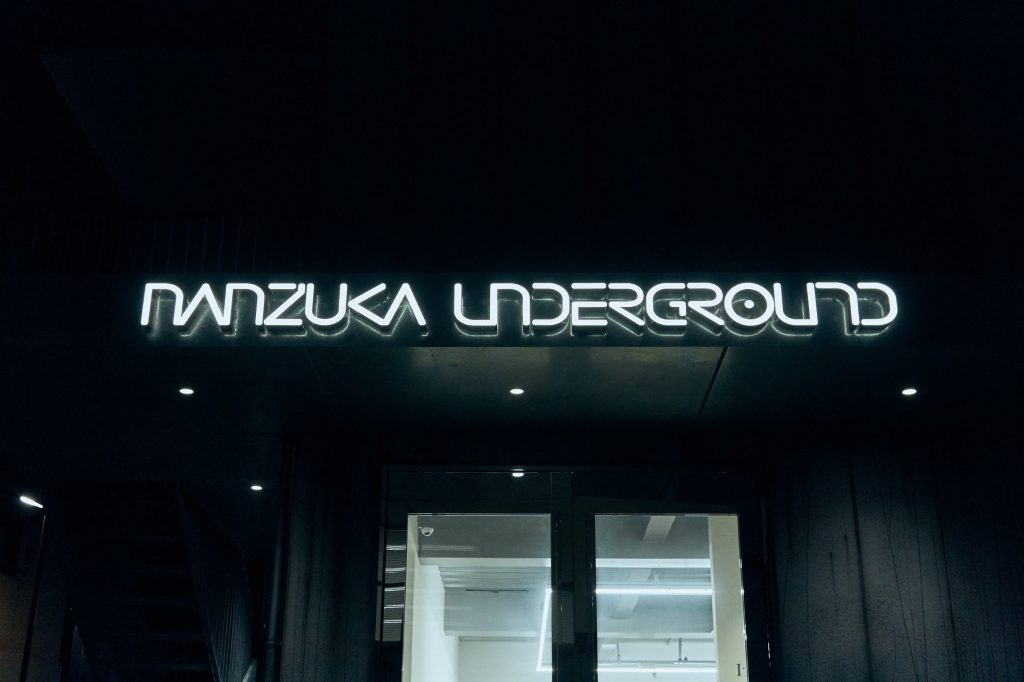
An interview with Shinji Nanzuka, a gallerist of NANZUKA that has been garnering worldwide attention. "Japanese fashion was more interesting than art.” And now?
Edit&Text by Yukihisa Takei(HONEYEE.COM) Photo by TAWARA
The number of people who are into art is increasing like never before. In the context of contemporary art, conceptual art continues to evolve like a “sophisticated intellectual game”, but in a different direction, the range of art with more streetwise and pop sensibility is expanding. Illustrations and designs that were not categorized as “art” before have gained a position in art, and people who were always interested in fashion and street culture are now waking up to art, buying the works, and seeking goods in collaboration with artists.
NANZUKA, a Tokyo-based art gallery, is one of the leading key role of such a phenomenon in Japan.
Launched in 2005 by gallerist Shinji Nanzuka, NANZUKA UNDERGROUND has become a focus of attention not only in Tokyo but also in the international art scene. Why has art become so popular? What is NUNZUKA UNDERGROUND?
Dropped out of university, opened an art gallery.

The interview took place at Nannzuka's office, located inside NANZUKA UNDERGROUND in Harajuku, Tokyo. This is the new base that was relocated and renovated from the previous office in Shibuya in June 2020. On that day, Nannzuka and his staff were busy replacing the artwork.
"I was studying art history at university, but I gradually came to think that I would rather work with living artists than studying dead ones. That was my excuse for not going to school and going out to clubs at night to meet and interact with the graphic artists and designers in the scene.”
In the early 2000s, there was a chance meeting that changed the fate of Nanzuka, who was just a club kid. He encountered with the artist group ‘Tashahisha’, which Mori Masato belonged to, who is also known as the first artist that NANZUKA represented, and Ukawa Naohiro, who now runs DOMMUNE, a base for transmitting culture through live streaming. Naohiro is a self-proclaimed "media rapist" who has been active as a standard-bearer of a subculture since the 1990s, writing for a number of magazines.
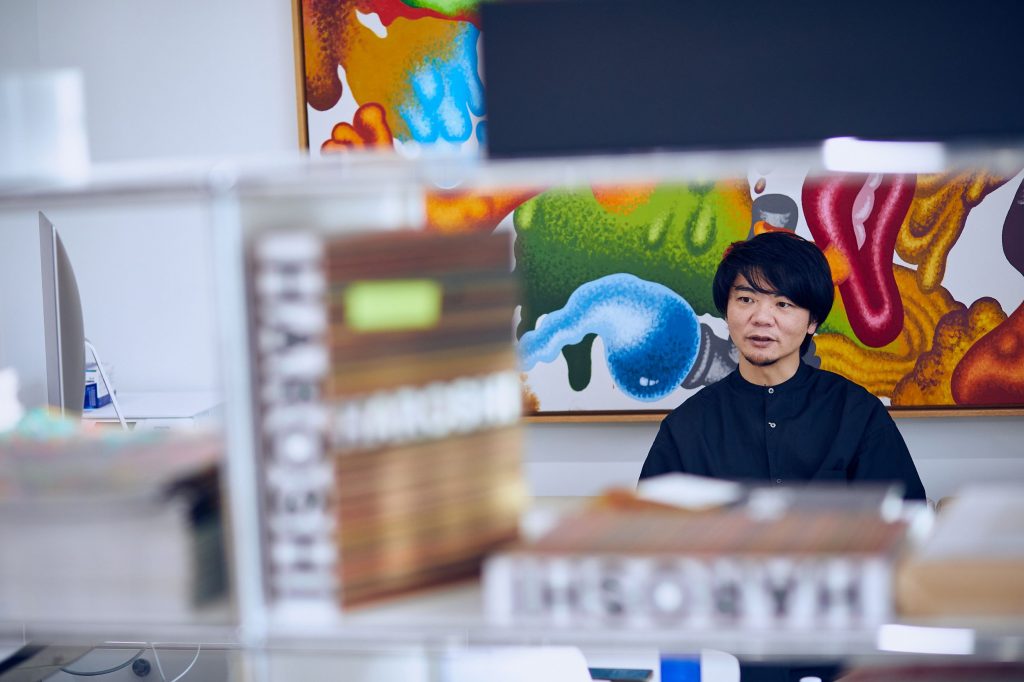
"I went on to complete the master's program but I was expelled in the final year. However, I couldn't back out because I already had hit it off with Ukawa-san and the others, so I decided to open my gallery. I borrowed money from my parents to start it, but looking back, I'm not sure how I managed to make it (laughs). There was NANZUKA UNDERGROUND as a gallery, the creative offices of Tashahisha and Ukawa-san next to it, and club space in the back. The plan is to create, show, party, and sell the artwork (laughs). We didn't need to give any kind of notice, people would come every night, and it was like we were just hanging around every day. Looking back on it now, I feel like it was the last days of the underground scene in Tokyo. Even then, we had a clear statement that we wanted to revolutionize high-end art from the underground scene in opposition to academic art.”
An encounter with Keiichi Tanaami

There was another encounter that determined the direction of Nanzuka and NANZUKA UNDERGROUND. Naohiro introduced Nanzuka to Keiichi Tanaami, who was well known in the art director and illustration fields at the time.
"Tanaami-san was one of my favorite artists, and Ukawa-san also looked up to him as his mentor. I was very lucky to be able to sell his works at my gallery with Ukawa-san's trust. I feel like being able to represent Keiichi Tanaami in the early days set the direction for everything else at NANZUKA.”

Courtesy of NANZUKA
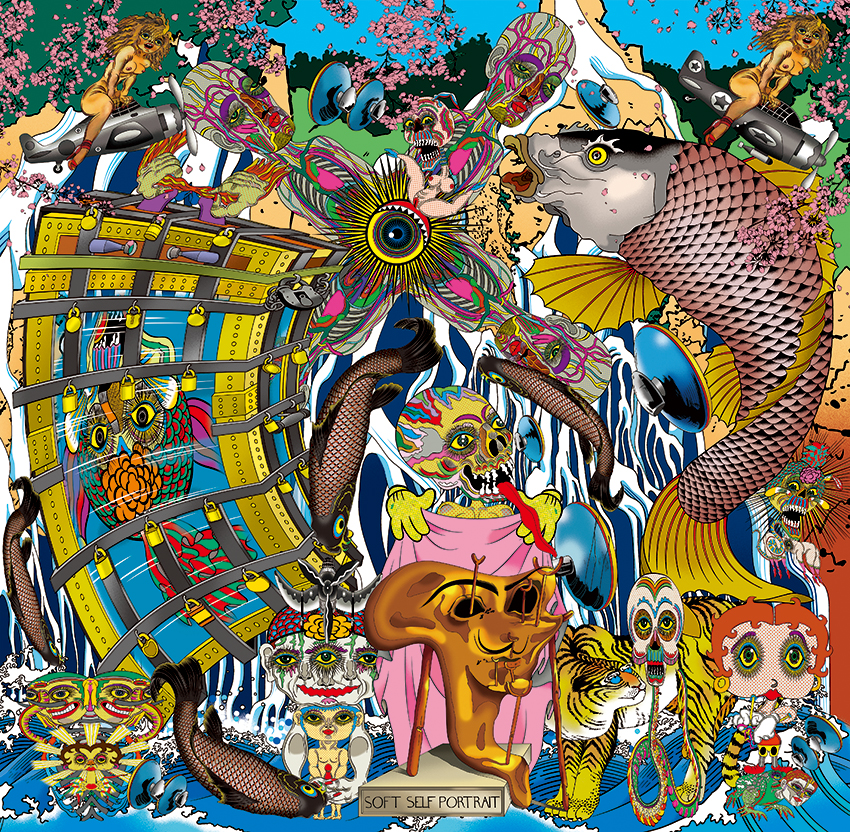
Courtsey of NANZUKA
It was a rare situation for a well-known artist to entrust his work to a gallery opened by a dropout student with no background. However, Nanzuka’s mission was to bring Tanaami, who was not yet fully recognized as an artist at the time, onto the international art scene.
"At the time, people thought Tanaami was just a designer who was popular among young people. Perhaps people still think that way today. In Japan, people surprisingly care about titles. But I wonder if the existence of an artist should be determined by the title, not the content of expression. In the first place, the context of contemporary art is important, and there must be ‘freedom’ in it. Even if there is something sexual or violent in the expression, I believe that it should not be ignored just because of social justice. In this context, Tanaami was a little difficult for other people to touch, but that was lucky for me. Tanaami has a context that symbolizes the counterculture of post-war Japan, so it was my role to explain who Keiichi Tanaami was, and I thought that if I could do that, I will be accepted in the art industry.”

Nanzuka had no connections in the Japanese art business, but he was rather proactive in going abroad.
"In 2010, I was accepted to attend the Frieze Art Fair in London, and in 2011, Art Basel in Switzerland. In 2015, Tanaami's work was displayed in two major pop-art retrospective exhibitions that were held at the Walker Art Center in the US and the Tate Modern in London at the same time. It was an important achievement for NANZUKA, and I think it was a big event in terms of the first step in valuing Tanaami in world art history.”
KAWS was a collecter of Hajime Sorayama's robot works?

There is another artist who has made NANZUKA UNDERGROUND known all over the world: Motoi Sorayama, famous for his ‘sexy robot’. At the Dior Men's Pre-Fall Collection held in Tokyo in November 2018, a giant ‘sexy robot’ object weighing 9,150 kg and measuring over 10 meters towered above the crowd. It was an astonishing sight for the fashion and art world. It was realized at the request of Kim Jones, the artistic director of Dior at the time, and Sorayama became a "man of the moment" in the fashion world when items from the Sorayama collaboration were presented in the collection.

Photography by Shigeru Tanaka, courtesy of NANZUKA
Sorayama, who had been active as an illustrator since the 1970s, became famous for his futuristic robot expressions, especially in the 1980s. Since then, however, he has evolved into an artist whose style is hardcore fetishistic female pin-ups. Nanzuka who met Sorayama through his mentor Tanaami felt that a "revival of robots" was necessary to reevaluate Hajime Sorayama as ‘art’.

"Sorayama did a lot of work that stood out, so the people were seeing him as an illustrator. The hyper-realistic and sexy robot style was almost over by the late 80's, and after that he only drew what he liked. There was a market for pin-up art in the U.S., so that was good enough for him. In the 90's, he came into the spotlight for the design of Sony's Aibo, but for him, robot expression was "over". Moreover, robot works were not that popular. In the early 2000s, however, KAWS visited Sorayama's studio frequently and purchased his robot works.”
"Draw a robot, draw a robot."

"In that exhibition, I pulled out paintings from the 80s and showcased them. Nowadays, they would sell for a few million yen, but at the time, each painting was only about 600,000 yen, and we only sold one. That's how obscure he was, and there was no market for him.
It'd be great to go back in time to 2009 and buy up all the artworks if possible, but there was a hidden battle between gallerist Nanzuka and artist Sorayama, which led to the current success.
"The pin-ups Sorayama was drawing at the time were not something that could be described as a genre in the context of art history. In the '80s, he started to express himself with robots based on the idea that humans might become robots in the future, but even if we go back in history, no one has ever drawn robots with such a deep understanding of beauty. There is no one in history who has drawn robots with so much attention to their beauty. But he wouldn't be a ‘living artist’ if he didn't produce new works, so I kept asking Sorayama to draw robots every time I saw him. I think he refused to drew for about five years. And we ended up having arguments, Sorayama would say, "Shut up, shut up!”. In the end, I think my greatest achievement was that he finally drew a new robot work (laughs). That led to the Dior show."

NANZUKA UNDERGROUND linked fashion and art
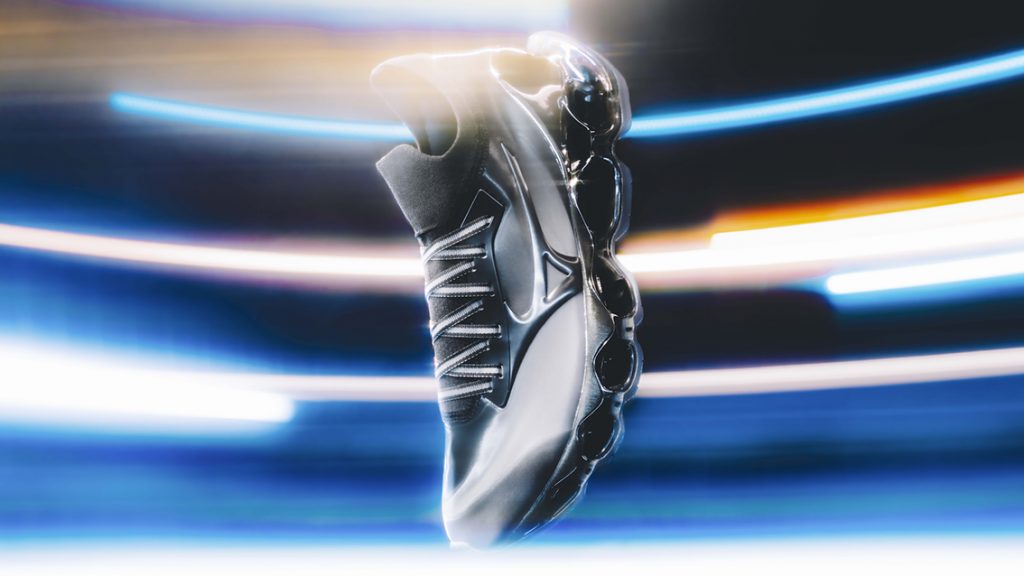
Photography by TOKI, courtesy of NANZUKA
NANZUKA represents a wide range of artists from Japan and abroad, but Nanzuka says "almost 100% of them are introduced by people I know I know.”
Artists represented by NANZUKA UNDERGROUND as below *As of October 2021
Keiichi Tanaami / Hajime Sorayama / Harumi Yamaguchi / Toshio Saeki / Hiroh Kikai / Yuichi Yokoyama / Yuji Honbori / Masato Mori / Hiroki Tsukuda / Makoto Taniguchi / Ryuichi Ohira / Haroshi / Kotaro Abe / Tetsuya Nakamura / Todd James / Julia Chang / Dirk Skreber / Tatjana Doll / Oliver Payne / Martin Mannig / Frank Nitsche / Eric Parker / Daniel Arsham / Javier Calleja / James Jarvis / Jan Pleitner / Joep van Liefland / Jompet Kuswidanant / Agnieszka Brzezanska / Matthew Palladino / Katherine Bernhardt / Joyce Pensaato / Peter Saul / Jan Jullien / Jess Johnson / Jonathan Chaplin / FriendsWithYou / Christian Rex van Minen
Of course, many of our readers may be familiar with the works above. And many of these artists are closely connected to fashion culture.
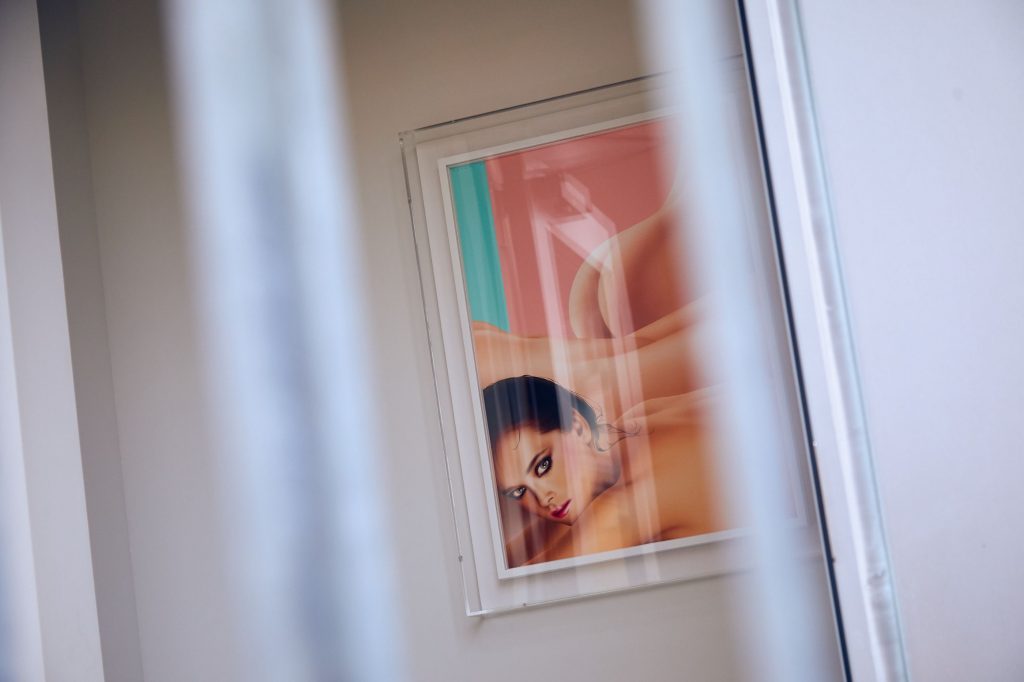
In fact, NANZUKA is actively experimenting the relationship with fashion. For example, the studio ‘2G’ in Shibuya PARCO where art, toys, and fashion are presented in collaboration with Nanzuka, Medicom Toy (known for BE@RBRICK), and fashion curator Motofumi Ogi ‘Poggy’ (Daytona International).
In addition to the Dior show, NANZUKA has also been involved in numerous fashion collaborations including UNIQLO's UT × 13 NANZUKA artists, adidas Originals × Keiichi Tanaami, UT × Pokémon × Daniel Arsham, STUSSY × Harumi Yamaguchi, Graphpaper × Hajime Sorayama, MIZUNO × Hajime Sorayama and Hiroki Tsukuda x FORSOMEONE.
Japan's Urahara street fashion was actually "doing art.”
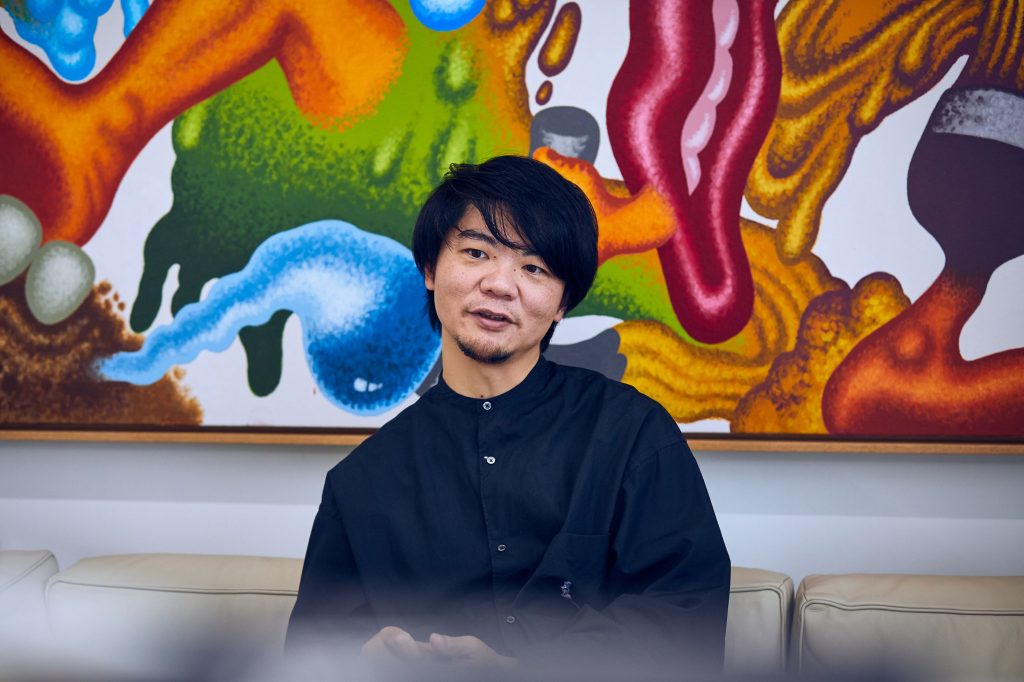
"The idea of how to practice art in a fashion sense was clear to me from the time I created my gallery. I was one generation below the people who created ‘Ura-Harajuku’, and what they did was really cool, and I thought Ura-Harajuku culture was much cooler than the art scene in Japan after the 1990s.
As for why fashion was more at the forefront of creativity than art, Nanzuka sees it in the context of art.
"In fact, the Japanese street fashion of Urahara was actually 'doing (contemporary) art’, what it is called now so in the 21st century. They used graphics that quoted a theme that reflected the brand's beliefs, which is called a statement in the art world, and they created collections that delved into a single context, full of mysterious tricks. Overseas, there is a shared perception that art is the cutting edge of culture, but in Japan, I think there has been a long period of time where street fashion creativity is more on the cutting edge, and conservative art is not attractive to the younger generation. So, “fashion is cooler” was our starting point, and we came here with the sense that Japan needs to bring in younger people and spread the value of art."
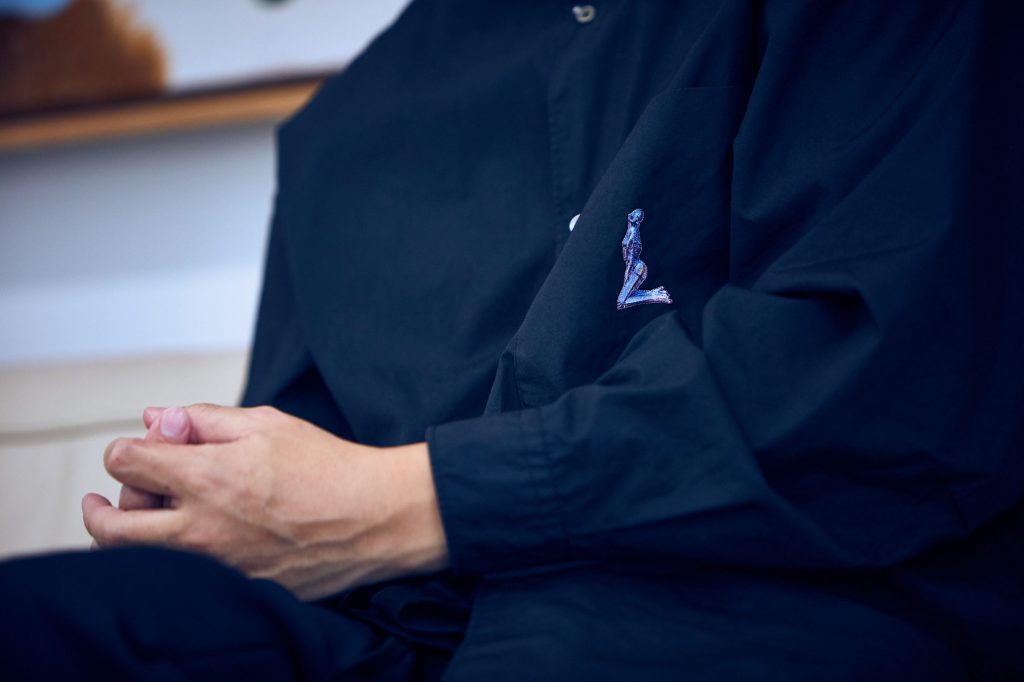
Nanzuka also calmly explains the differences in fashion culture between Japan and other countries.
"In the Japanese fashion scene, where "who is expressing what" is visible, I think there is a high level of creative competition on a global scale. For example, even in the same street fashion scene, American brands such as Supreme and STUSSY build up their style, but as a result, they are bought by corporations and the ‘face of the creator’ is lost. In Japan, like COMME des GARÇONS, UNDERCOVER, sacai, and emerging brands such as AMBUSH® and ANREALAGE, there is still a lot of fashion with a creators' touch, and that's cool. Recently, vintage clothing from the '90s is finally starting to become more valuable, but that's not surprising if you look at it from an artwise perspective. I think that the artistic evaluation axis is finally flowing into fashion.”
Based on this idea, he is also attempting such a project at ‘2G’ in Shibuya PARCO.
"Art has the potential to increase in value over time. That's why when I was creating 2G, I said to Poggy, 'What's lacking in fashion is the concept that becomes valuable as it ages. Let's create fashion from that perspective. You will definitely win later’. For example, I am working on fashion merchandising that can only be manufactured in small numbers, but it is difficult to make a profit on the first launch (laughs). This is the biggest difference between industrial fashion and art.”
"You can buy art the same way you collect sneakers."

In recent years, the act of people who used to like fashion buying art has become more common in Japan. We asked Nanzuka about the background that has led to this breakthrough.
He says, "Art is more popular now than ever before, but I think that's because people have realized that it has value. I think it was the sense of ‘collectable' that Medicom and others have created that made people realize that there is value. Rather than spending money on useless things, it's more like buying an expensive toy, and I think the feeling of wanting it for the rest of your life has taken root.”

In past years, the price of sneakers has surged to become like a treasure. Some people look at them as speculative objects, but there are also many people who collect them just because they like them. And there is a crossover between these people and art collectors. How does Nanzuka see this situation?
"I think it's totally fine. I think it's totally fine. The sense of wanting to collect is a common thing, and the generation that was instilled with such collecting habits from a young age, such as Kinkeshi (Kinnikuman erasers) and Bikkuriman stickers, is now the core group of art buyers. I'm of the generation that lined up to buy Nike Air Max when it was released when I was in high school, and I feel like I belong to that generation.”
NANZUKA and the future of the Japanese art market
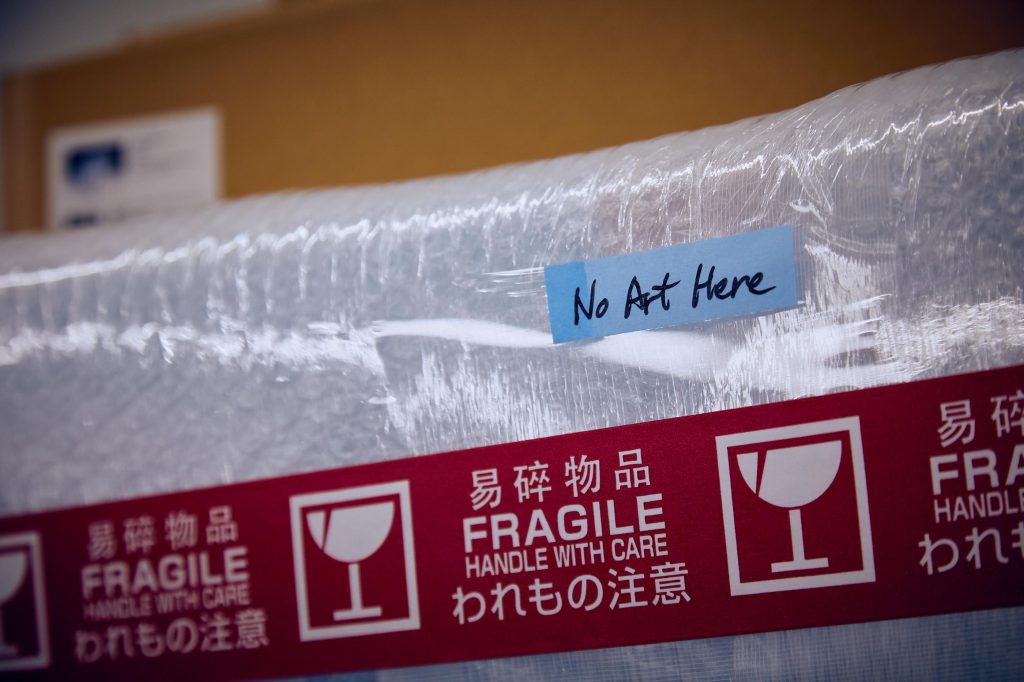
Now, not only Nanzuka, but art from Japan is beginning to attract attention from overseas as well.
"For example, there is an increase in the number of people from China who are buying works at my gallery, and they are in their 20s and 30s. There was a time around 2007 when there was an ‘‘art bubble’’ when news arrived that portraits of Chinese artists such as Fang Lijun and Zhang Xiaogang had fetched hundreds of millions of yen, and the enormity of the Chinese market was well known. But if you ask me if Chinese collectors were buying Japanese art at that time, they were hardly buying at all. But today, a new generation of collectors is buying art from Japan and other countries at an incredible rate. I get the impression that people are developing the intellect and sensitivity to judge the value of creativity in a flat manner. On the other hand, art education in Japan is still conservative and closed off, so I am concerned that our sensibilities are being left behind.”
NANNZUKA UNDERGROUND, which was founded by a drop-out art history student, has been increasing attention, and currently, the gallery schedule is already booked until 2024. We asked Nanzuka about the future of the gallery and his vision for the Japanese art market.
An art gallery that "works together" with artists
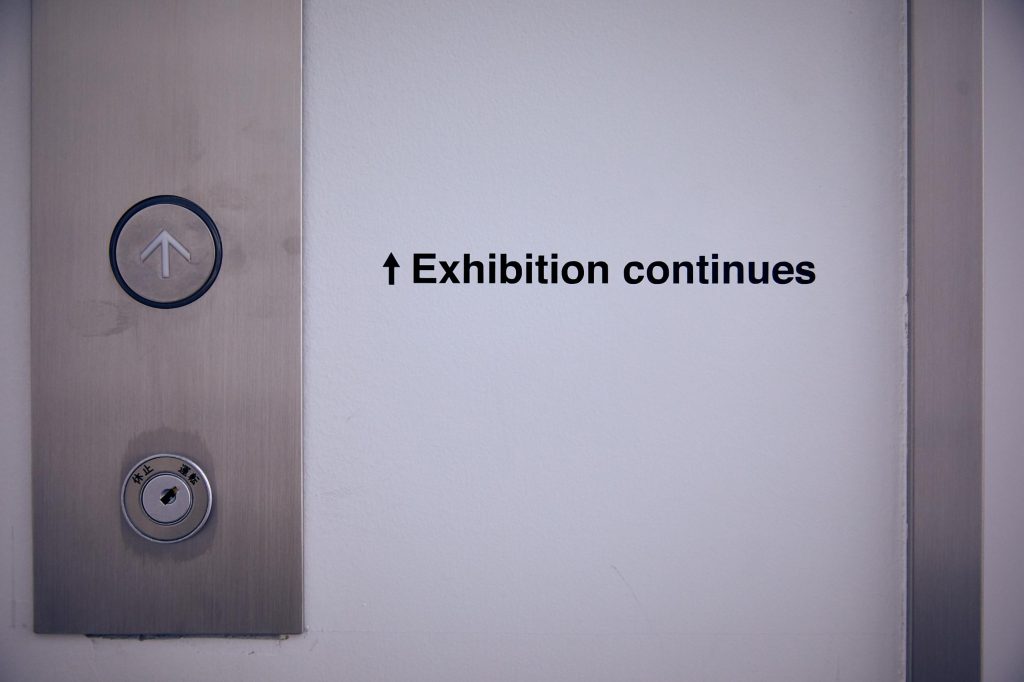
"The result is that the art market will grow even as people's mobility is restricted by Covid. The analysis shows that when people want to have something close at hand to reinforce themselves in a restricted environment, art has become a prime candidate. In this environment, artists are now able to sell their works directly to collectors without having to go through galleries. In this case, the gallery would be asked by the artist for fair value. For example, management tasks such as legal complications and cross-border communication are essential, but on the other hand, close relationships are becoming more and more important.
In the end, Nanzuka told us as if he talks to himself.
"Artists have a longer career than athletes, so there are always slumps. When an artist is struggling to create a work of art, it is important to be able to give accurate advice and guide them in the right direction. I believe that this is the ability that will be required for gallerists in the future. Of course, there are artists who don't like to be told what to do with their work. In such a situation, the artist and the gallery are 50% responsible for each other's work, and they need to be able to trust each other including creativity. There is no point in working together when the work is selling if the gallery is going to throw it away when it stops selling. That is the sense of ‘fighting together’ that is a little different from ordinary business relationships. That's why I always think that if I don't keep my sensibilities flexible, I won't be able to be a trustworthy presence for artists. The reason why Tanaami and Sorayama continue to evolve even at their age is that they have an ear for listening.”
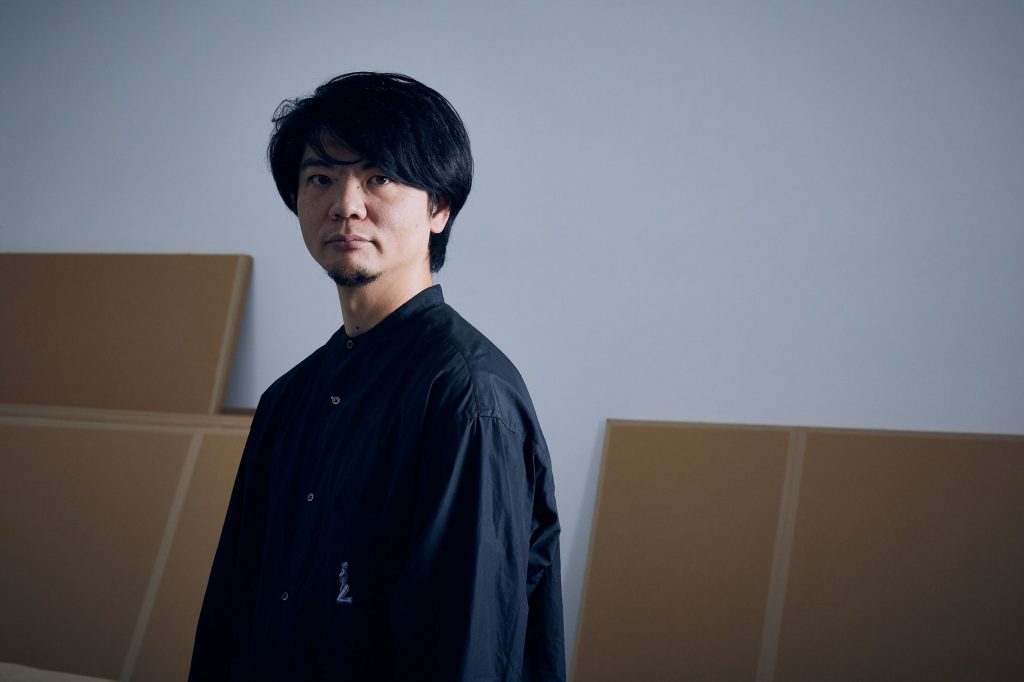
Shinji Nanzuka
Born in Tokyo in 1978. After dropping out of university, he founded the independent contemporary art gallery NANZUKA UNDERGROUND in 2005. In 2019, he also opened the studio ‘2G’ at Shibuya PARCO, where experiments with fashion and art. He relocated and opened NANZUKA UNDERGROUND in Harajuku in June 2021. He is also actively involved in fashion and art.
